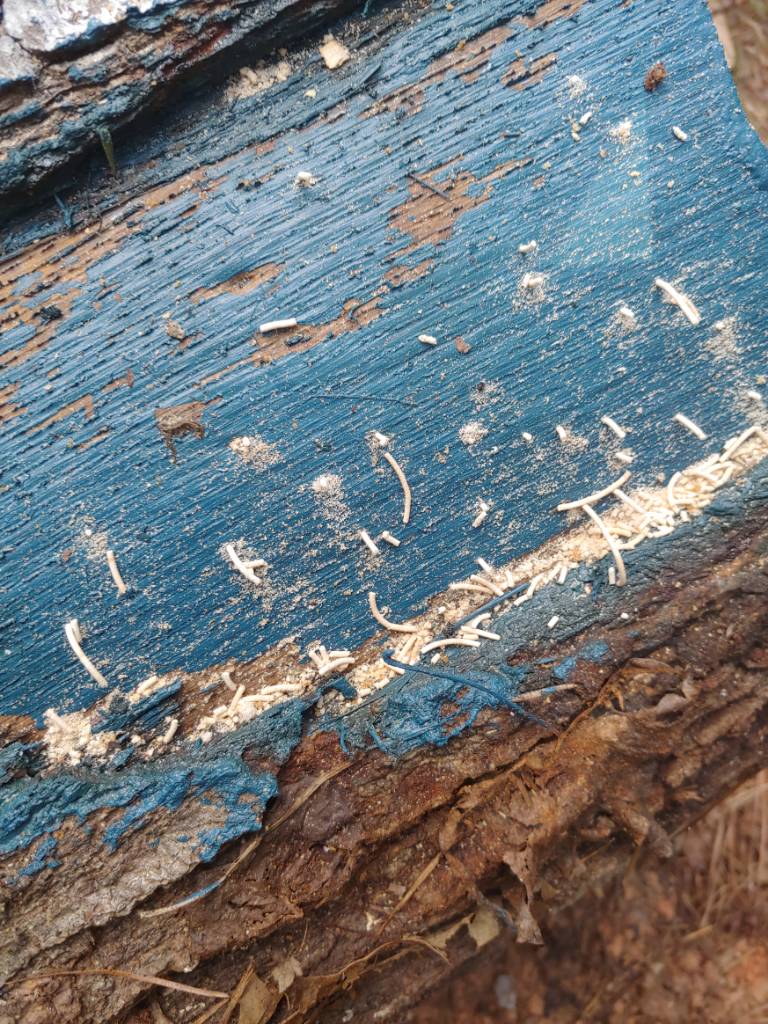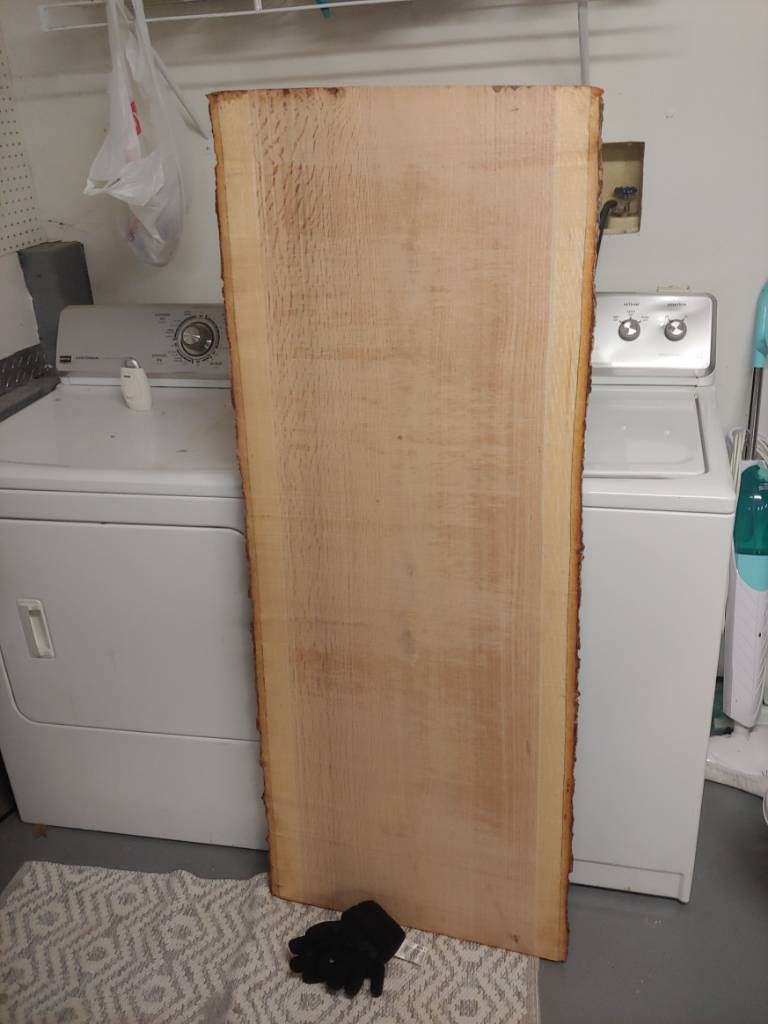As mentioned weight on top will help force the flitches flat as they dry. The more weight the better. Also could make stacks taller as the stack will weight lower layers.
With large logs, I often use the center 6 X 6" as beams (box the heart"). This makes the most stable beams and contains the pith. These are good to start stacks on and/or weight the top of stacks. Not really practical with smaller logs.
It would be good if your bottom course was a little higher off the floor for ventilation.
When I worked at a mill we had a "bander", which was a device to cinch up metal strapping to hold the stack in place and compress any boards with warp/twist. You might be able to do the same with a few ratcheting tie downs around the stacks..
With large logs, I often use the center 6 X 6" as beams (box the heart"). This makes the most stable beams and contains the pith. These are good to start stacks on and/or weight the top of stacks. Not really practical with smaller logs.
It would be good if your bottom course was a little higher off the floor for ventilation.
When I worked at a mill we had a "bander", which was a device to cinch up metal strapping to hold the stack in place and compress any boards with warp/twist. You might be able to do the same with a few ratcheting tie downs around the stacks..
































































